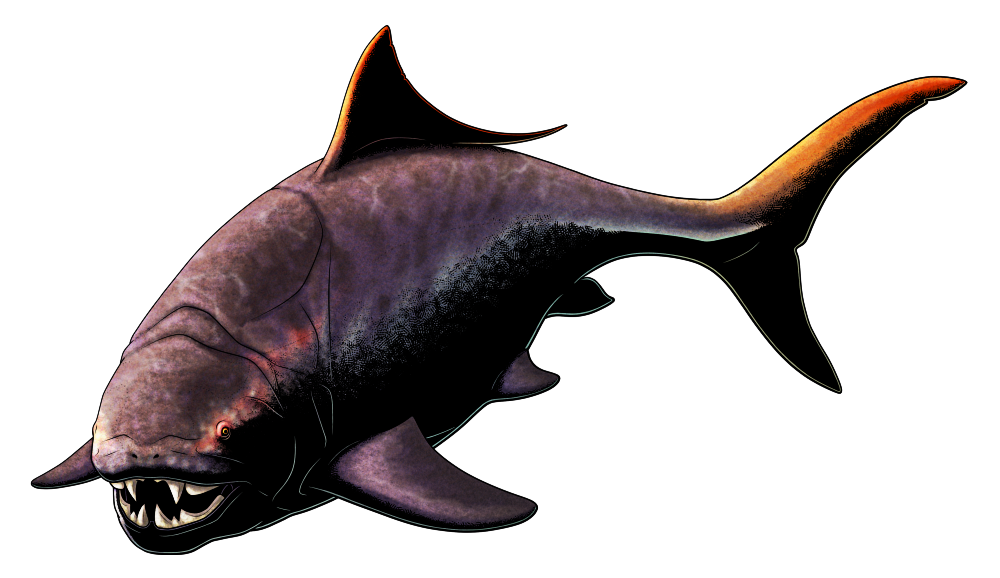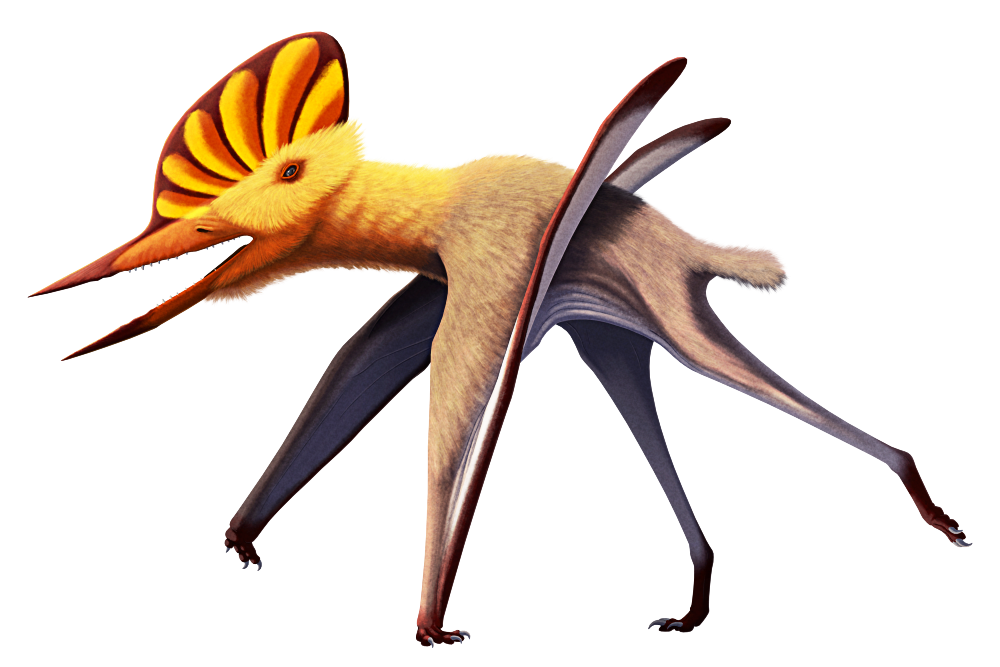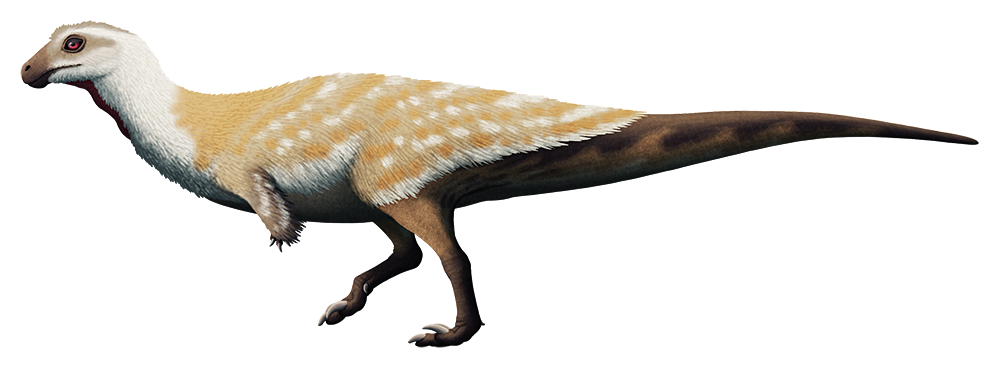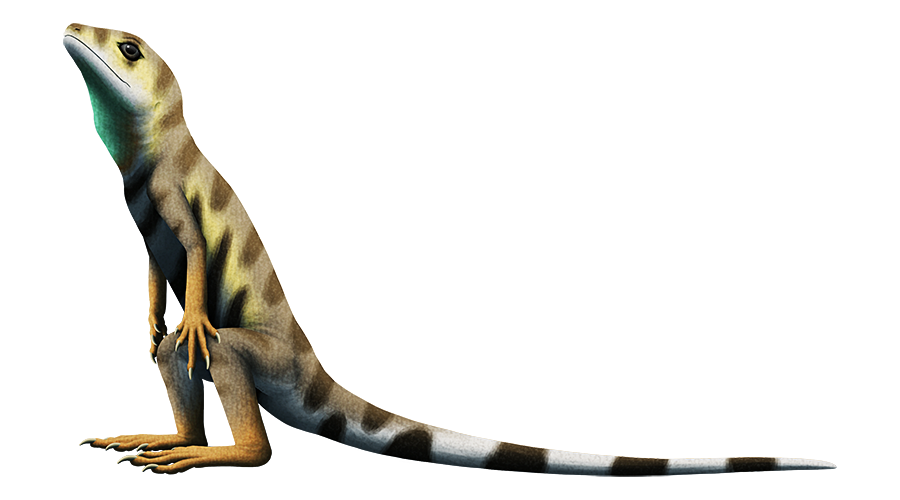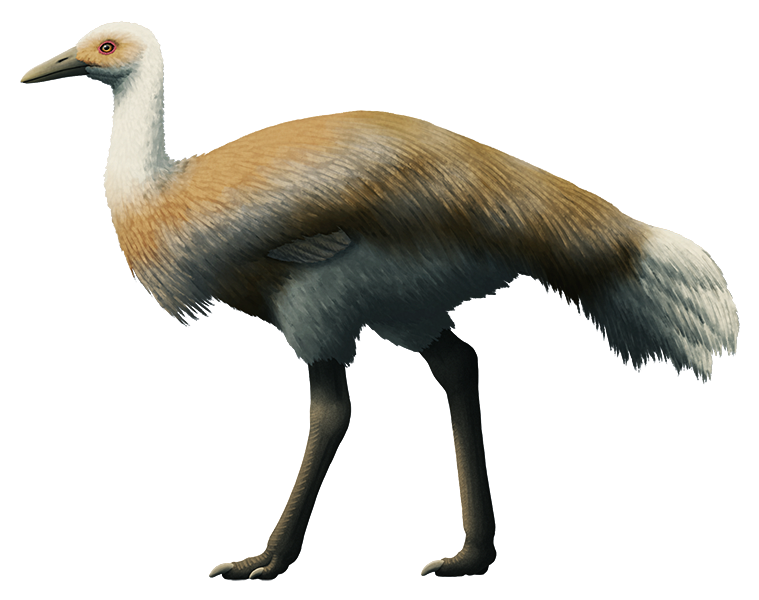For around 50 years some very unusual dinosaur tracks have been found in ancient desert sediments in South America: strange footprints showing the impression of only a single toe, a walking style never before seen in any reptiles.
And recently a fossil of what might be the track maker has actually been found.
Named Vespersaurus paranaensis, this new species lived during the Late Cretaceous of Brazil (~90 mya) and was a member of the noasaurid family of theropods, closely related to the weird-jawed Masiakasaurus from Madagascar.
Measuring about 1.5m long (~5′), Vespersaurus was fairly lightly built with legs proportioned for running – and its feet were absolutely unique. Although it had the standard three main toes of a theropod, it bore its weight entirely on the middle toe and held the other digits off the ground. The two raised toes on each foot also had large knife-like claws which may have been used during hunting, vaguely similar to the sickle claws on the feet of dromaeosaurs. But unlike dromaeosaurs these claws weren’t highly curved or pointed, suggesting Vespersaurus used more of a scratching and slashing technique rather than the raptors’ puncture-and-restraint strategy.
Much like ancient horses, it may have developed its single-toed stance as an adaptation for more efficient fast running, possibly to avoid larger predators or to chase down small fast-moving prey like hopping desert mammals.
The known one-toed fossil footprints are actually slightly older than the Vespersaurus fossil, and similar tracks in Argentina have been found dating back to the Late Jurassic (~150mya), so there may have been a long lineage of “one-toed” desert-dwelling noasaurids in South America that haven’t been found yet.


